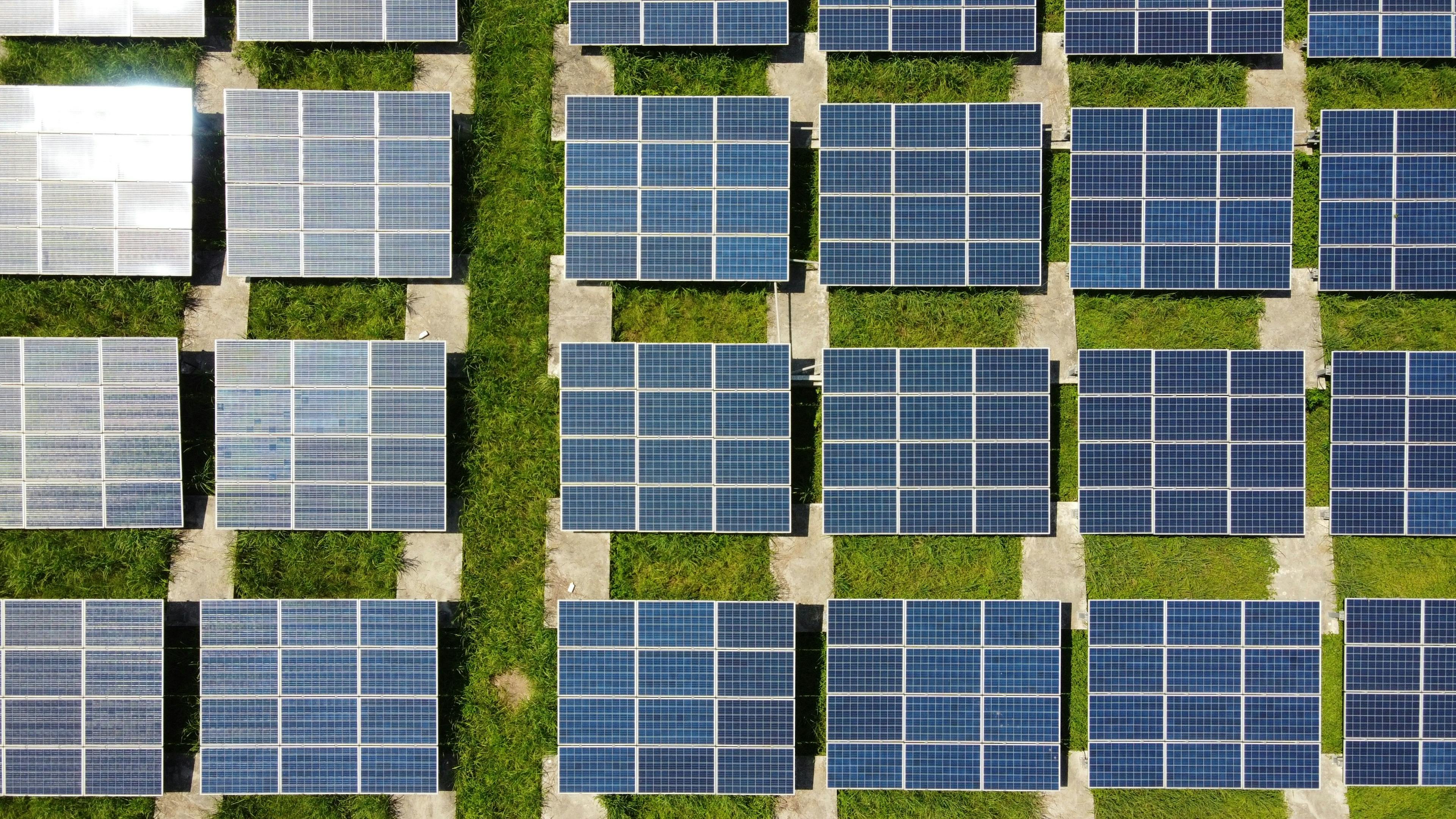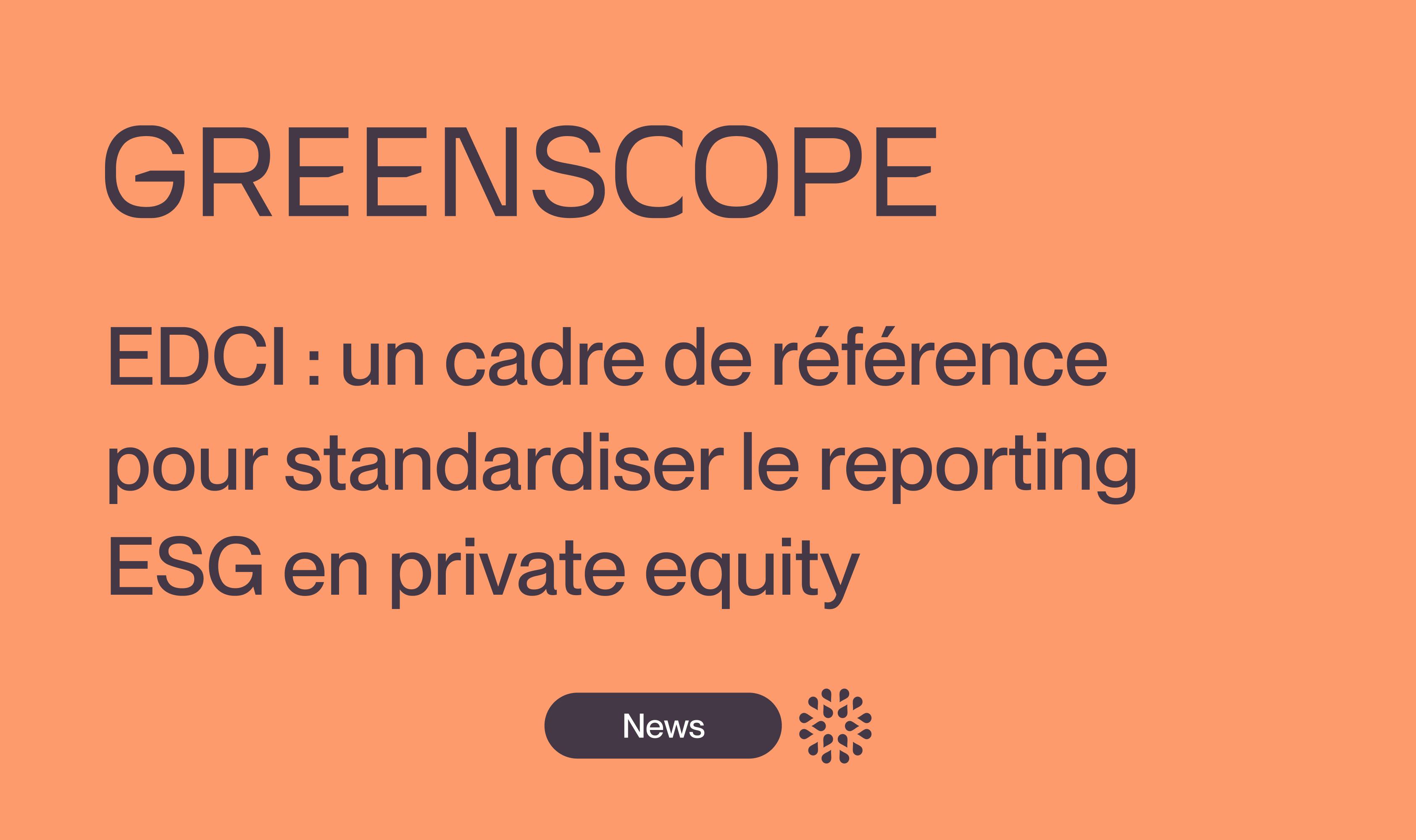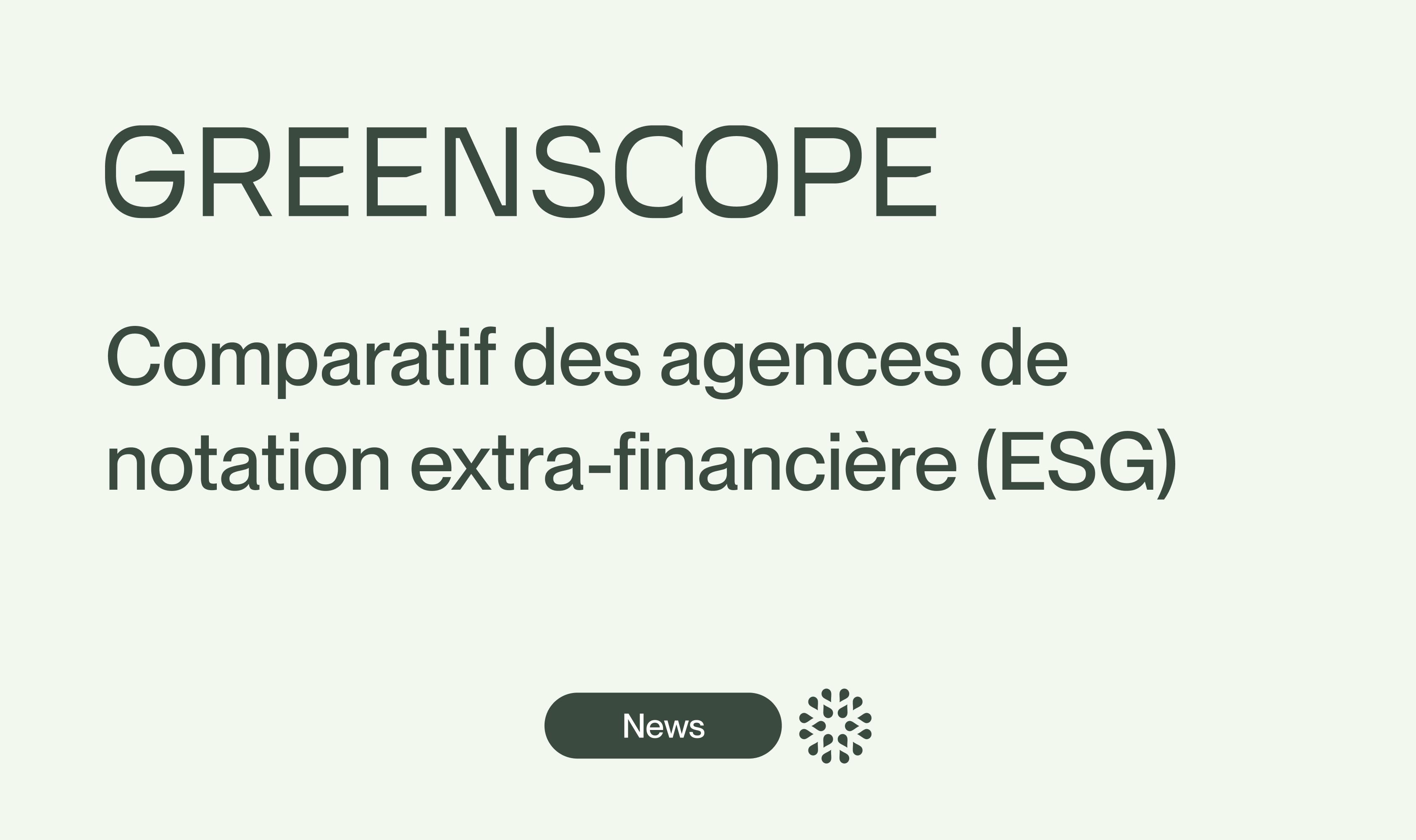La Taxonomie Européenne : Un Cadre pour la Finance Durable
Découvrez comment la Taxonomie Européenne définit les activités durables et guide les entreprises vers les objectifs climatiques de l'UE

La Taxonomie Européenne est un cadre réglementaire ambitieux adopté en 2020, destiné à classifier les activités économiques en fonction de leur contribution aux objectifs de durabilité de l'Union Européenne. Conçu pour soutenir la transition vers une économie durable, il s'aligne avec les objectifs du Pacte Vert pour l'Europe et l'Accord de Paris. La taxonomie est divisée en deux branches principales : la taxonomie environnementale et la taxonomie sociale.
À qui s'applique la Taxonomie ?
La taxonomie s'applique principalement aux entreprises soumises à des obligations de reporting non financier en vertu de l'article 19a ou 29a de la Directive 2013/34/UE. Cela inclut les entités d'intérêt public (EIP) avec plus de 500 employés et, soit un total de bilan supérieur à 20 millions d'euros soit un chiffre d'affaires dépassant 40 millions d'euros. Les EIP incluent :
- Les entreprises ayant des titres cotés sur les marchés réglementés européens,
- Les institutions de crédit telles que définies dans le Règlement (UE) n° 575/2013,
- Les entreprises d'assurance telles que définies dans la Directive 91/674/CEE,
- Les sociétés mères de grands groupes, à condition qu'elles répondent aux critères EIP.
Les entreprises non soumises à un reporting obligatoire peuvent publier volontairement leur alignement avec la taxonomie. Compte tenu des attentes croissantes des investisseurs pour le reporting ESG, divulguer volontairement l'alignement avec la taxonomie peut constituer un différenciateur pour les entreprises, en promouvant la transparence et en attirant les investisseurs et partenaires soucieux de durabilité.
Taxonomie Environnementale
La taxonomie environnementale classe les activités économiques selon leur contribution à six objectifs environnementaux, incluant l'atténuation et l'adaptation au changement climatique, la protection des ressources aquatiques et la transition vers une économie circulaire. Elle aide les entreprises et les investisseurs à identifier et aligner leurs activités avec les objectifs climatiques de l'UE pour atteindre la neutralité carbone d'ici 2050.
La mise en œuvre de ce cadre repose sur un processus en trois étapes :
- Identification des activités éligibles : Les entreprises doivent déterminer si leurs activités relèvent de celles listées dans la taxonomie, qui couvrent environ 90% des émissions de gaz à effet de serre de l'UE. Ces activités s'étendent sur 13 macro-secteurs, représentant des domaines critiques pour l'action climatique.
- Évaluation de l'alignement avec des critères techniques : Cette étape garantit qu'une activité apporte une contribution substantielle à au moins un objectif sans nuire de façon significative aux autres. Les entreprises doivent également respecter des garanties sociales minimales basées sur les normes internationales des droits humains.
- Publication des indicateurs clés de performance : Les entreprises non financières doivent divulguer la part de leurs revenus, investissements et dépenses d'exploitation alignés sur la taxonomie. Les acteurs financiers calculeront un "ratio d'actifs verts", reflétant leur alignement avec les objectifs de durabilité.
Le champ d'application de la taxonomie s'élargira entre 2024 et 2026 avec la mise en œuvre de la Corporate Sustainability Reporting Directive (CSRD), qui inclura 38 000 entreprises européennes supplémentaires, notamment celles ayant plus de 250 employés ou 50 millions d'euros de revenus.
Taxonomie Sociale
Complétant la dimension environnementale, la taxonomie sociale vise à orienter les flux de capitaux vers des activités qui respectent les droits de l'homme et promeuvent une gouvernance d'entreprise responsable. Introduite en 2022 par la Sustainable Finance Platform (PFD), elle se concentre sur trois objectifs clés :
- Travail décent, y compris les conditions de travail dans la chaîne d'approvisionnement.
- Niveaux de vie adéquats et bien-être pour les consommateurs et utilisateurs finaux.
- Communautés inclusives et durables, promouvant l'égalité et la cohésion sociale.
La taxonomie sociale suit les principes méthodologiques de la taxonomie environnementale, avec des objectifs clairs et l'exigence que les activités ne nuisent pas à d'autres objectifs sociaux ou environnementaux. Les entreprises doivent également démontrer le respect des normes minimales en matière de droits de l'homme et de gouvernance.
Une vision holistique pour la finance durable
La Taxonomie Européenne, dans son ensemble, offre une vision claire et cohérente de ce que l'UE considère comme durable, tant sur le plan environnemental que social. Elle sert d'outil crucial pour les investisseurs et les entreprises cherchant à s'aligner sur des objectifs de durabilité tout en dirigeant le financement vers des projets ayant un impact positif fort. Avec l'introduction de la CSRD et de normes telles que les ESRS (European Sustainability Reporting Standards), la taxonomie contribuera à une plus grande transparence, facilitant l'évaluation de la durabilité des activités et encourageant la transition vers une économie plus verte et équitable.
Si vous êtes soumis à ces réglementations ou si vous vous engagez volontairement, voici quelques étapes pour vous préparer à la mise en œuvre :
- Identifiez les activités de votre entreprise relevant de la taxonomie de l'UE.
- Comprenez et maîtrisez les méthodes de calcul des indicateurs de durabilité et les critères d'alignement technique.
- Adaptez vos processus de collecte ou de production de données si nécessaire pour garantir le calcul des indicateurs de durabilité.
Besoin d'aide ? Contactez-nous pour obtenir un accompagnement dans la mise en application de la taxonomie.
Nos derniers articles

Comprendre la SFDR : le cadre européen de transparence ESG expliqué simplement.
Comprendre la SFDR, c’est comprendre ce qui structure la finance durable en Europe. Obligations, outils, impacts : on fait le tri.

EDCI : un cadre de référence pour standardiser le reporting ESG en private equity
Simplifiez et standardisez vos données ESG avec l’EDCI.

Actualités RSE - Novembre 2025
Découvrez les évolutions clés : projets en cours, mises à jour des normes, nouveaux documents officiels.

Comparatif des agences de notation extra-financière (ESG) : rôle, méthodologie et principaux acteurs
Les notations ESG façonnent désormais les décisions d’investissement. Découvrez comment les agences de notation extra-financière évaluent les enjeux liés à la durabilité



